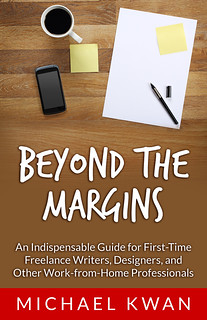When people think of NASA, the European Space Agency and other similar organizations around the world, they usually envision these ambitious missions to Mars. They see the International Space Station and they gaze at the Curiosity Rover, but many people fail to realize the tight connection between what we see way out there and what we see and use on an everyday basis.
This is a subject that experts like Neil deGrasse Tyson bring up all the time and NASA even has a magazine and database dedicated entirely to this purpose. The fact of the matter is that many of the consumer electronics and modern conveniences that we take for granted today would not have been possible had it were not for the space program. If those NASA scientists never endeavored to put a man on the moon, we may have never pursued solar power.
This list of eight products is in no way exhaustive and it wouldn’t be fair to give NASA all the credit. They were “simply” there providing the impetus for their creation, furthering their development before the world of industry and commerce adapted these technologies to suit the masses. And our lives are all the better for it.
- GPS Navigation: There’s no need to fold out one of those cumbersome paper maps when you can get turn-by-turn directions with something like a Garmin nuvi 1390MT.
- LED Lights: Presumably because they needed brighter and more efficient lights, those space scientists came up with LED lighting. Christmas trees and luxury car headlamps have never been the same since.
- Cell Phone Cameras: You can thank NASA for your ability to Instagram. In the 90s, they were looking for a way to miniaturize cameras while maintaining quality and thus the tiny CMOS active pixel sensor was born.
- Memory Foam: Originally developed as a material to protect passengers during a collision, what was then called temper foam works by feeding gas into pressurized areas, matching the pressure exerted on it. I love my memory foam mattress.
- Dustbuster: The idea started when NASA worked with Black & Decker to develop a portable drill, but the small powerful motor could be adapted for other purposes. Without it, something like the Dyson handheld vacuum
may not have been possible.
- Freeze-Dried Food: I remember seeing the “astronaut food” at Science World as a kid and it boggled the mind. In effect, you’re able to significantly dehydrate a food item without too dramatic of an impact on its nutritional value. Freeze drying is used not only in food today, but also pharmaceuticals and chemicals./li>
- First Aid Blanket: You know that silver, almost metallic blanket that you see in some first aid kits? You can thank NASA for that too. The material is made from film substrate infused with aluminum vapor, helping to guard astronauts from temperature changes and protect people from hypothermia.
- Solar Panels: From solar calculators to the solar panels on roofs, we see solar energy being used in a variety of places. The idea makes a lot of sense, especially for unmanned spacecraft that still need an energy source without having to lug around their own fuel.
The naysayers will tell you that sending a rover to Mars or blasting a satellite off to Jupiter is a tremendous waste of taxpayer’s money and that cash could be much better spent on other things. While I certainly recognize that lots of other programs need more funding too, the space program has both its intellectual and its practical benefits. Even if we dismiss the many fantastic technologies that we use everyday, knowledge for its own sake has tremendous value and should not be discounted.
Even if we don’t send actual human beings all that far, we should still continue working to send our robot diplomats to explore the universe, to boldly go where no man has gone before. And we’ll have some cool new tech back on Earth for our troubles.






Recent Comments